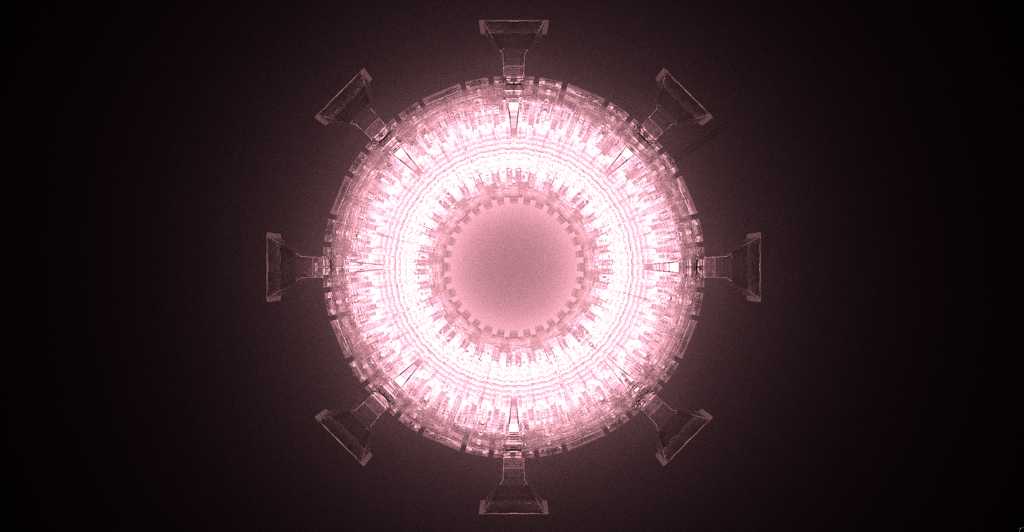
Culham Centre for Fusion Energy (CCFE) is developing a new simulation tool knwon as CHERAB for forward modelling diagnostics based on spectroscopic plasma emission.
CHERAB is being used by fusion scientists to simulate all sorts of visible and infrared plasma measuring tools, known as diagnostics. The diagnostic systems measure the light output of the plasma to study properties such as its temperature and density. Inferring these properties requires an accurate understanding of how the light is produced and bounces around inside the machine. The more accurately we can model these systems the more accurate our measurements of fusion plasmas will be.
A long-standing problem for these fusion diagnostics has been reflections of light from the surfaces inside reactors. If they are not modelled, the reflections can interfere with the ability to make accurate plasma measurements. This is a particular problem for devices with metallic walls such as JET and the future ITER machine. CHERAB solves this through its integration with a ray-tracer.
Ray-tracing is a rendering technique for generating an image by tracing the path of light through a virtual world and predicting the effects of the light bouncing off objects. The powerful photo-realistic ray-tracer include in CHERAB can handle complex computerised wall models with realistic material properties.

As a proof of the flexibility of this tool, Alex Meakins, one of the CHERAB developers, has run a striking simulation of the JET reactor at Culhman with glass walls that allow to look the hot plasma inside the tokamak during a fusion experiment.
The CHERAB tool is written in Python. It is open-source and is available on github.
Source: CCFE News
